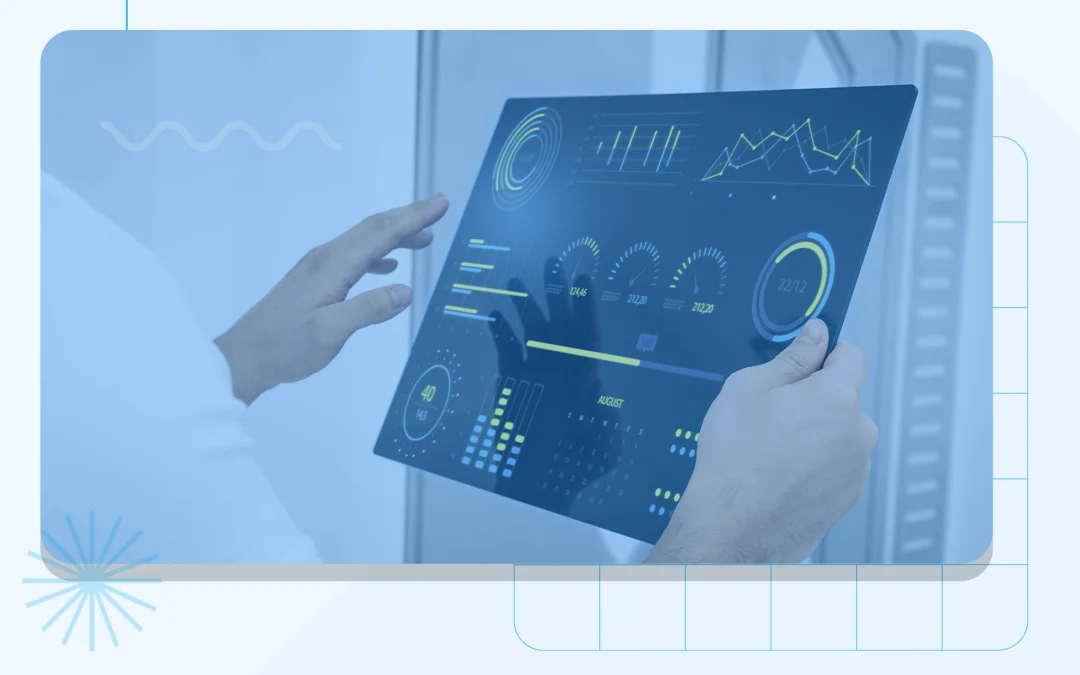The software development landscape is evolving faster than ever. Between AI-powered tools, architectural shifts, and new coding paradigms, 2025 promises to be a transformative year. Whether you’re a CTO, software engineer, or startup founder, staying ahead of these trends is critical to remaining competitive and innovative.
In this article, we explore 7 major software development trends that are already shaping 2025—and how your team can prepare.
AI-Powered Development Becomes Mainstream
AI is no longer just a buzzword in software development—it’s becoming part of the dev team. Tools like GitHub Copilot, Amazon CodeWhisperer, and AI chat assistants like GPT-4 are helping developers write boilerplate code, debug faster, and even generate entire modules based on prompts.
Why it matters:
- Speeds up coding and testing cycles
- Reduces developer burnout
- Democratizes access to advanced development capabilities
📌 What to watch: Expect more integration of LLMs (Large Language Models) in IDEs and CI/CD pipelines.
The Rise of Cloud-Native & Serverless Architectures
Companies are moving away from monoliths and virtual machines toward containerized, serverless, and cloud-native approaches. Technologies like Kubernetes, Docker, AWS Lambda, and GCP Cloud Run allow teams to build scalable, resilient apps with minimal infrastructure management.
Why it matters:
- Enables rapid deployment and scaling
- Optimizes cost and performance
- Promotes microservice-based design
📌 What to watch: Hybrid cloud setups and platform engineering are becoming essential for scaling.
Low-Code & No-Code Platforms Gain Enterprise Trust
Once considered too limited for serious development, low-code/no-code platforms like OutSystems, Mendix, and Retool are now enterprise-ready. These tools empower non-developers to build applications—and help dev teams accelerate internal tool development.
Why it matters:
- Speeds up time-to-market for MVPs
- Frees up engineering resources
- Enhances collaboration between tech and business teams
📌 What to watch: Integration with APIs, databases, and AI models will become more seamless.
API-First and Composable Architectures
2025 is the year of API-first thinking. Instead of tightly coupled systems, more companies are embracing composable architectures where features are built as modular services that can be plugged in or reused.
Why it matters:
- Increases flexibility and interoperability
- Makes products easier to scale and maintain
- Encourages faster experimentation
📌 What to watch: GraphQL, REST 2.0, and headless platforms will dominate in modern ecosystems.
DevSecOps: Security from the Start
With cybersecurity threats increasing, 2025 brings a stronger focus on DevSecOps—integrating security practices throughout the software lifecycle. Security is no longer a post-deployment afterthought, but a core component of every stage of development.
Why it matters:
- Reduces vulnerabilities and risk
- Ensures regulatory compliance (GDPR, SOC 2, ISO 27001)
- Builds customer trust
📌 What to watch: Secure code linters, shift-left testing, and threat modeling during sprints.
Predictive Analytics & Smart Monitoring
Observability is evolving. In 2025, development teams will rely on AI-powered monitoring to detect anomalies, predict outages, and optimize system performance. Platforms like Datadog, Dynatrace, and New Relic are integrating machine learning into their dashboards.
Why it matters:
- Reduces downtime and alert fatigue
- Helps anticipate bottlenecks and failures
- Enables smarter resource allocation
📌 What to watch: Self-healing systems and automated incident response.
Sustainability in Software Engineering
With growing awareness around tech’s environmental impact, green software practices are becoming a priority. Developers are now optimizing for energy efficiency, carbon footprint, and responsible computing.
Why it matters:
- Aligns with ESG goals and public expectations
- Reduces cloud infrastructure costs
- Promotes sustainable innovation
📌 What to watch: Energy-aware CI/CD tools and greener hosting options (e.g., carbon-neutral cloud providers)on
How to Prepare for 2025
To stay competitive in this shifting landscape, here are a few practical steps:
- Audit your current stack and identify outdated technologies or monolithic bottlenecks
- Invest in AI literacy for your dev team (prompt engineering, AI-assisted dev tools)
- Start with DevSecOps practices early and integrate them into your pipelines
- Explore low-code solutions for internal tools to free up your engineers
- Stay adaptable: Composable architectures allow you to evolve quickly
Final Thoughts
The trends shaping software development in 2025 are not just about new tools—they’re about new mindsets. Embracing AI, security, modularity, and sustainability will be key to thriving in the next wave of digital innovation.
Whether you’re building SaaS products, internal platforms, or APIs, the winners in 2025 will be those who adapt fast, build smart, and think beyond code.
Want to Future-Proof Your Software?
Looking to modernize your tech stack or build a cloud-native application?
Our expert teams can help you assess, plan, and execute next-gen software projects tailored to 2025 and beyond.






